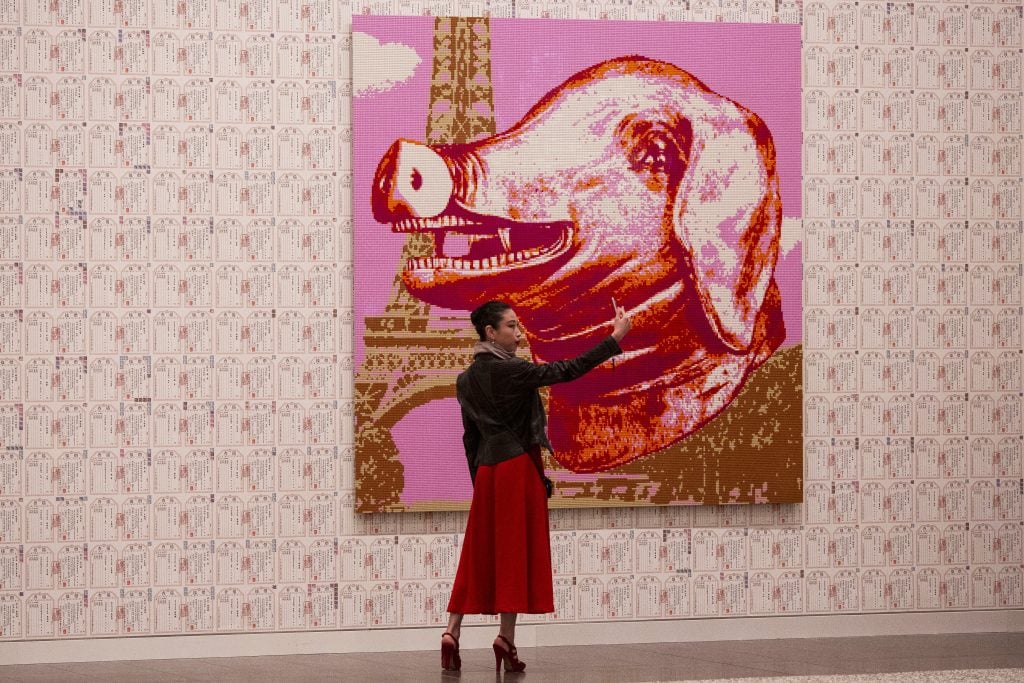Museums & Institutions
Art Insurer Warns Museums of an Unsuspected Threat: Selfies
Hiscox's report claims "a pandemic of selfies" is causing untold damage to art in museums.

An unsuspected danger is keeping art museums on high alert: visitors taking selfies.
Specialist insurer Hiscox has reported a trend of selfie-taking visitors damaging valuable paintings, objects, and installations by walking into them backward. Although the insurer is positioned to gain more clients from the uptick of such disasters, it doesn’t lessen the risks of selfies. Fine art is vulnerable to the touch of a fingerprint, much less a bumper-to-bumper encounter with humans.
Hiscox’s head of art and private clients, Robert Read, dubbed the phenomenon “a pandemic of selfies,” as the consequences are happening at prominent art institutions across the globe. As comical as the unintentional threat of selfies might sound, the financial losses—and damage to priceless work—are no laughing matter.
Half of Hiscock’s art underwriting business is attributed to accidental damage, a surprisingly large percentage caused by selfie-takers. Pandering to modern society means art curators must adapt to new technologies, but they’re simultaneously tasked with ensuring it safely reaches the next generation.
To put it in perspective, a person innocently snapping a selfie in 2017 at the pop-up gallery 14th Factory in Los Angeles knocked over an installation, destroying $200,000 worth of art—an incident now immortalized as Selfie Domino. There was another incident in 2017 in which a Yayoi Kusama pumpkin at the Hirshhorn Museum and Sculpture Garden in Washington, D.C., was trampled by a tourist who tripped while taking a selfie.
Many venues from Brisbane’s Gallery of Modern Art to the British Museum have banned selfie sticks. Milan’s government prohibited selfie sticks in public because of the inherent dangers of obliviousness.
Read added that the rise of activist vandalism has also exacerbated the potential need for “airport-style security,” referencing the Just Stop Oil activists who threw tomato soup at Van Gogh’s Sunflowers at the National Gallery in London. Fortunately, the iconic work was protected by glass. Let’s hope it’s a sturdy enough shield against the next selfie-taker.





